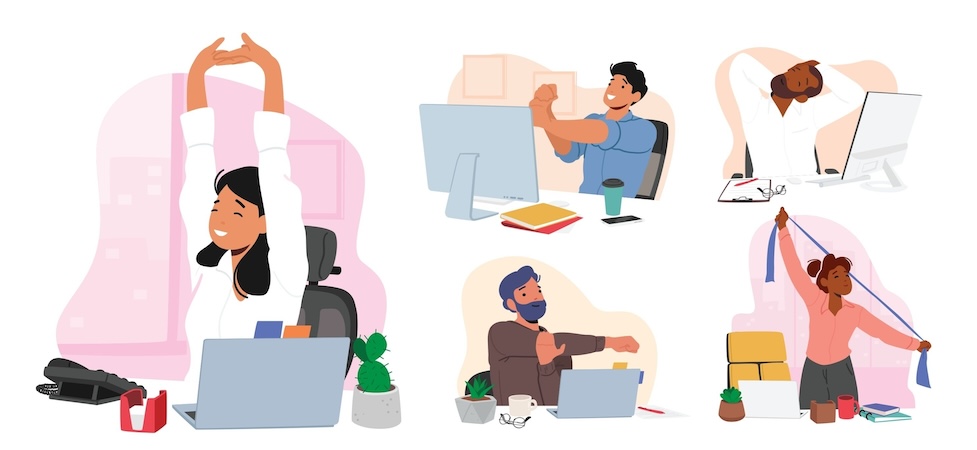Expert view: A healthy workplace will be an essential goal for employers
There are about eight million working-age people with work-limiting health conditions. Nearly half (3.9 million) of them are in work, and 300,000 of those are leaving work each year because they are unable to sustain their roles.
The Health Foundation’s Action for Healthier Working Lives (2025) report focuses on what can be done to help people stay in work. For employers, there are two elements to consider:
- The need for good work – work that supports health and wellbeing rather than being to its detriment.
- The need for support – putting in place the right support and adjustments for employees to remove any barriers to continuing to work.
Good work
Employers need to consider job design to ensure that work in and of itself is not making people ill. Work that causes repetitive physical or mental strain can make people ill – from people struggling with workloads and constrained budgets through to long sedentary shifts and uncertainty of work. For example, within the transport and logistics industry, artificial intelligence (AI) can be used for scheduling to help manage complex schedules of work to ensure shift patterns that are much kinder to the human body.
Employers could work at an industry sector level to leverage data insights from insurers, benefit providers and unions to better understand what works and what is causing poor health, and redesign work to support people staying well and in work.
The right support
With health conditions, the real challenge for helping people to stay in work tends to be much more about chronic conditions rather than acute conditions, such as a broken leg. This is where people must adapt to living with an illness and find out how to work with it.
Getting support early is crucial. Without it, employees can begin to struggle and may go off sick, often adding financial worries to an already challenging situation. Sometimes people find themselves put under performance management processes, which is debilitating when the underlying issue is a health one. This is an area where working closely with the individual and your medical and protection insurance and other benefits can help to provide that early intervention to identify adaptions to support people to stay in work. This could range from adaptions to role responsibilities, flexibility with hours to attend medical appointments or a change of role to one that they are able to do. The clear focus is identifying and removing barriers, working with the individual involved.
A long-term trend
Supporting employees to stay healthy and in work will become more of a necessity for employers. The way the population is going, you are going to have labour shortages, especially with the age demographics in some industries, as more and more people of working age have long-term health conditions. We can both address those caused by work itself and support those with other long-term health conditions to stay in work.
The benefit of doing this for employers, individuals and the wider economy is massive. If you can keep a good person in work when they have a health condition or prevent them getting ill from poor work design, that’s a bonus for everybody.







